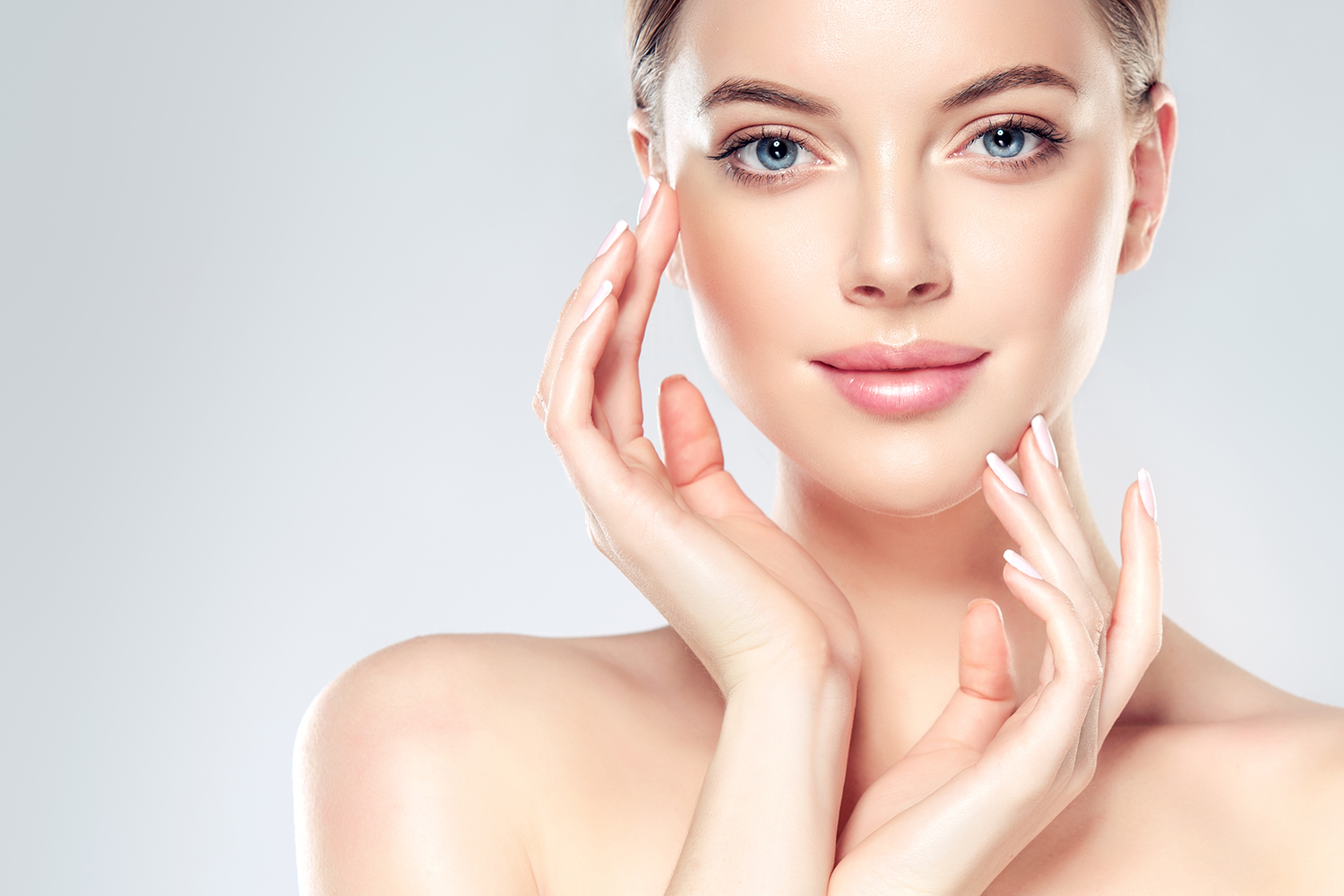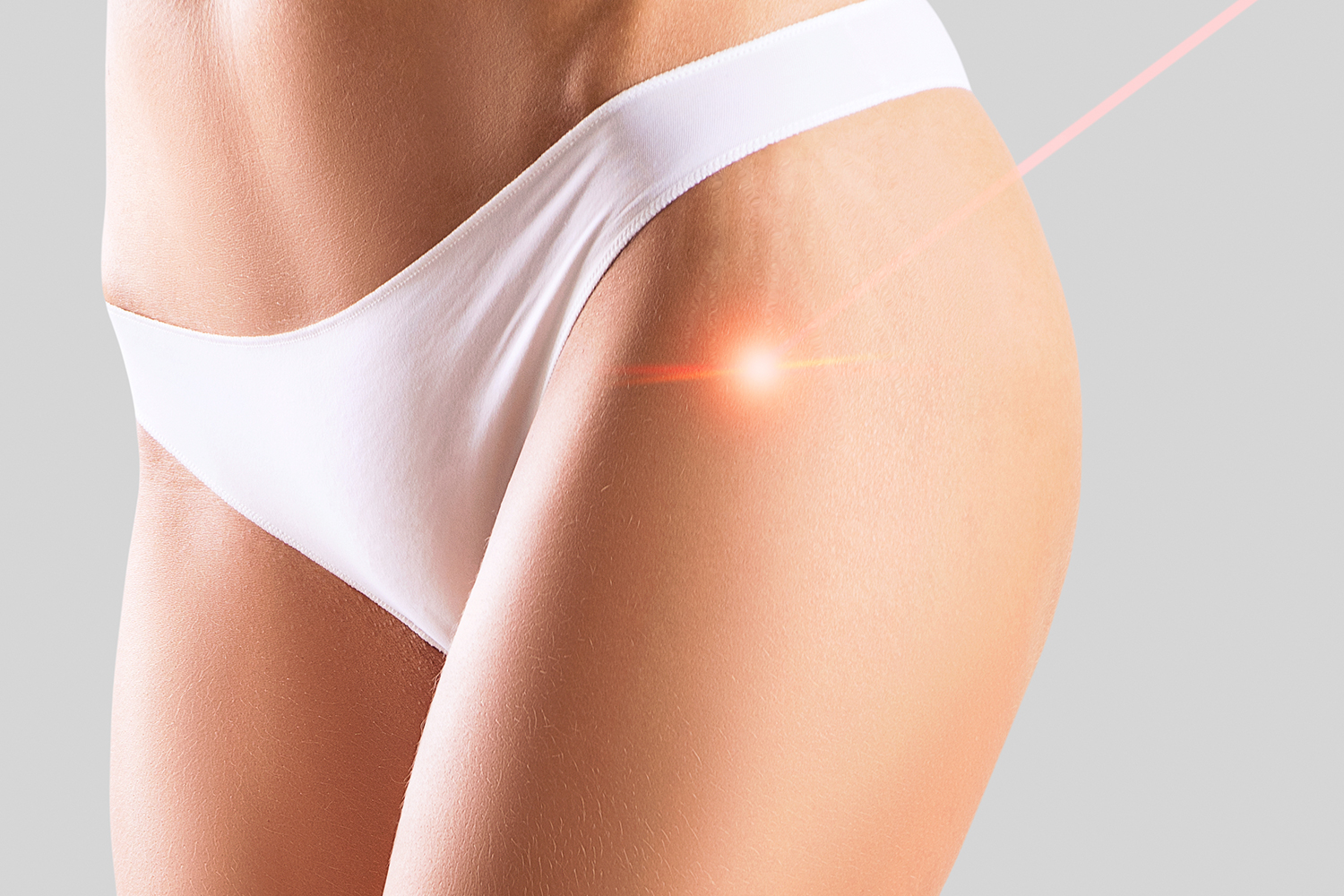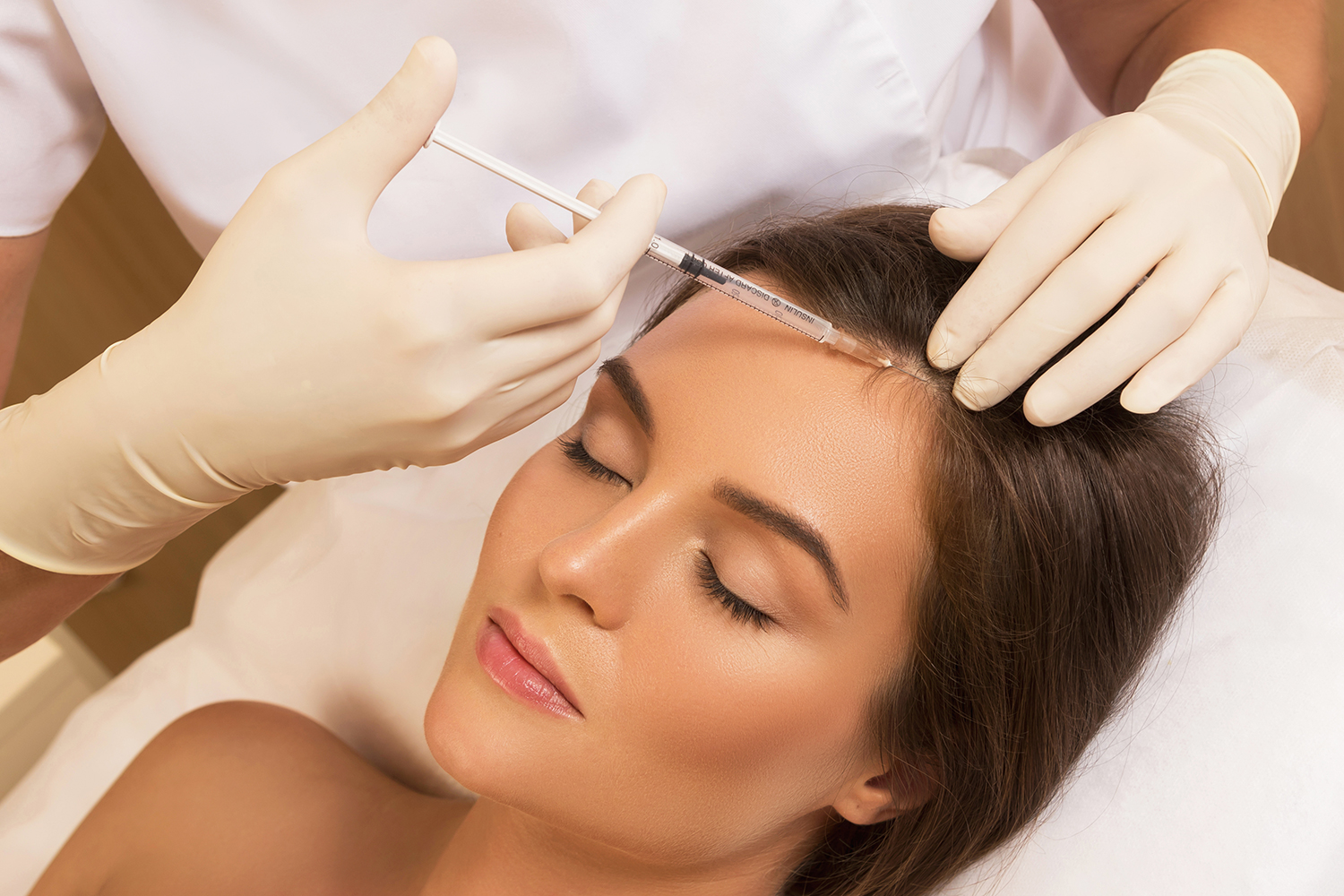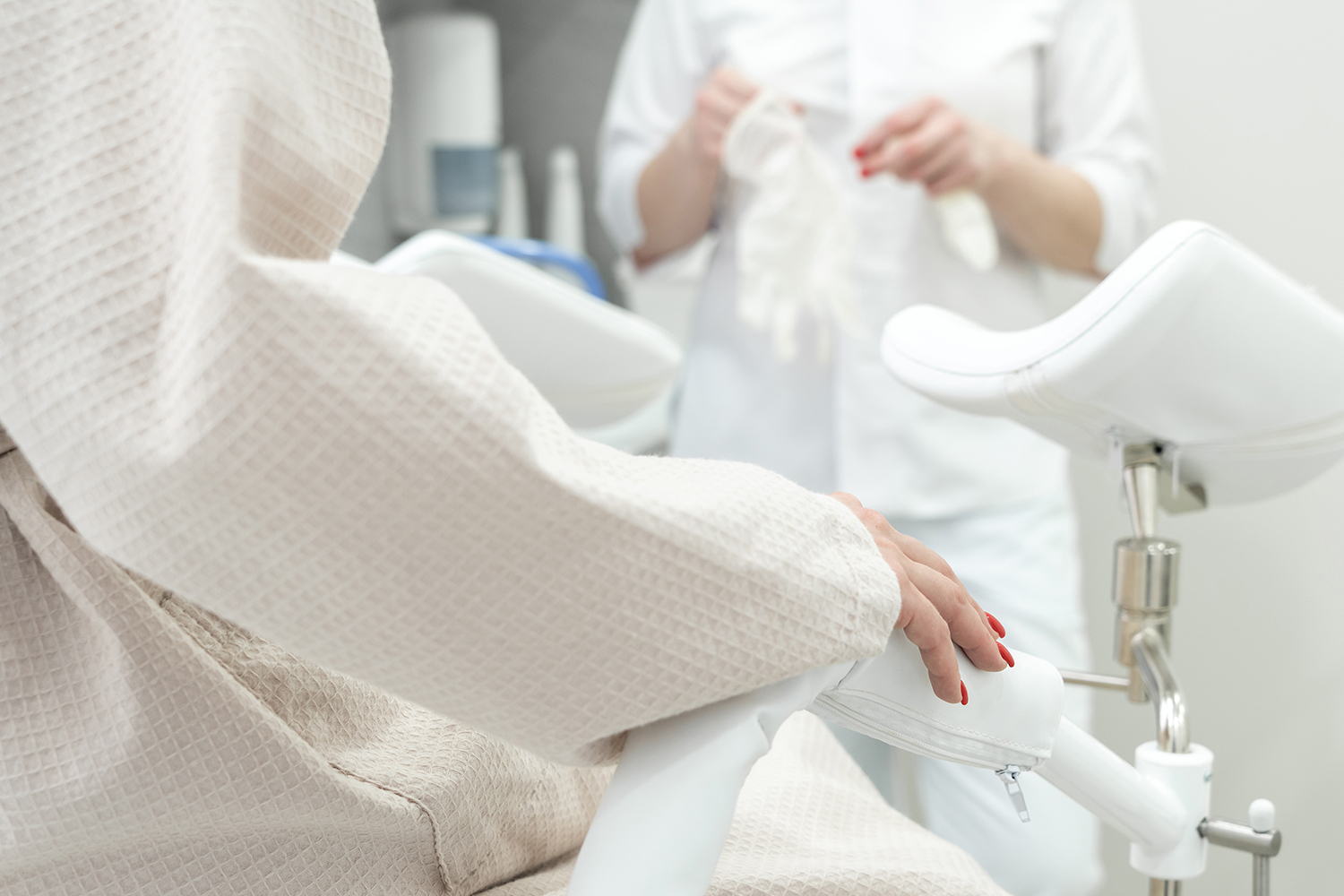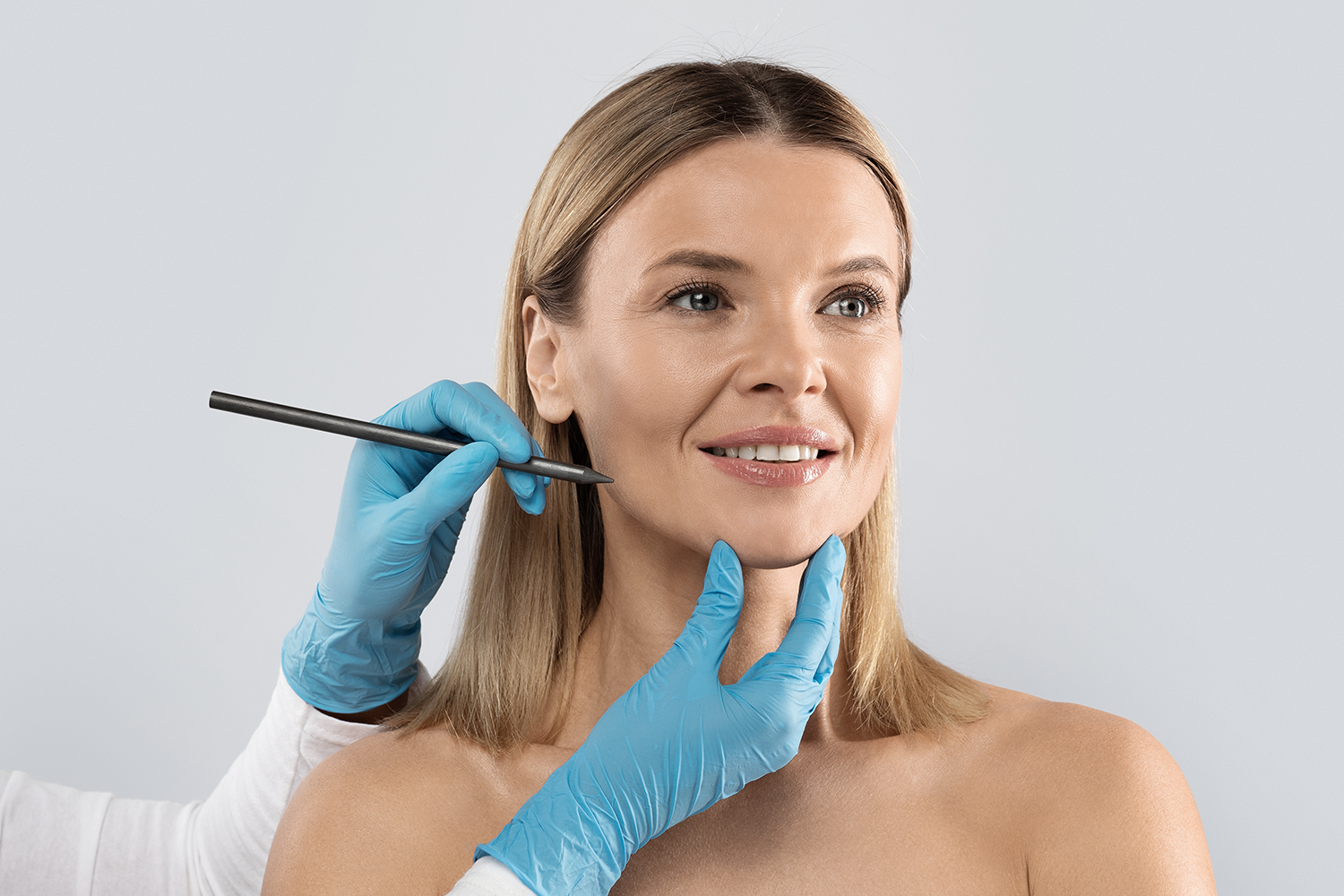Hair thinning
Androgenetic alopecia (male pattern hair loss) can be a stressful experience for both sexes, but probably more so for women than men.
The condition is characterized by gradual thinning and/or loss of hair predominantly at top of head. This is an extremely common problem which occurs in up to 50% of men and a slightly smaller number of women above the age of 40.
number of women above the age of 40.
Androgenic alopecia - what are its causes?
Androgenic alopecia is caused by a genetically inherited increased sensitivity to one of the male hormones - dihydrotestosterone (DHT). DHT can be found in various tissues of the body, including the scalp. It is believed that DHT causes shortening of the hair growth phase, resulting in gradual thinning of hair. The production of DHT is regulated again by the protein compound 5-alpha reductase, converting free testosterone into DHT. The effect of 5-alpha reductase can be inhibited with a special drug (finasteride tablets; see below) that is only used in men.
What are the clinical characteristics of androgenetic alopecia?
The disease progresses gradually. At first, the hairs begin to thin and lose pigment, followed by noticeably increased hair loss (more hairs are in the resting phase at the same time) and appearance of hairless spots.
In men, the condition usually begins in puberty. The characteristic features are thinning and/or loss of hair on the top of the head, but already in the early stages of the condition, a gradual receding of the hairline in the forehead area can also be observed. Usually, the problem also affects the areas of temples.
Women suffer from a milder form of the condition. Symptoms of the condition begin to appear or become significantly worse during menopause, but often also between the ages of 20 and 40. The majority of women experience uniform, diffuse hair thinning in the area of the top of the head. Unlike men, the lateral and frontal parts of the head are usually not affected in women. Gradual thinning of hair is more characteristic than the occurrence of hairless patches. However, in more severe cases, diffuse hair loss over the entire head may also occur.
In the majority of women, the level of androgens in the blood does not increase and no other male-type body characteristics develop.
What is androgenic alopecia similar to?
The male pattern hair loss should be differentiated from the following conditions:
- High level of male hormones in the body (hyperandrogenism) - relevant in women. A significant increase in testosterone is often caused by polycystic ovary syndrome.
- Overactive thyroid gland (hyperthyroidism).
- Hair loss caused by medicines (more often anti-inflammatory and antithrombotic medicines, antidepressants, cytotoxic medicines, cardiovascular medicines, endocrinological preparations, vitamin A). When no longer taking the medicines, hair growth returns.
- Chronic hair resting phase (Telogen effluvium). With this temporary condition, many hairs are in the resting phase simultaneously, so it seems that a large number of hairs is falling out. Characteristic to the condition is its relatively acute onset and association with a previous severe disease, for example, often after COVID19, emotional stress, anaemia, hypothyroidism, crash dieting, malnutrition or iron deficiency (more often due to chronic genital bleeding). In the latter case, taking iron tablets for a few months should help. A problem may also arise in the setting of existing androgenic alopecia.
How to recognize androgenetic alopecia?
Usually, recognizing the visible symptoms is enough. It is important to investigate other possible causes of hair loss.
Male hormones are checked, when any of the following symptoms are present:
- rapid hair loss developing in a few months, affecting also the front and sides of the scalp
- menstrual disorders
- infertility
- excessive growth of hair (hirsutism)
- cystic acne
- milk secretion from breast
- male type symptoms on the body (hair growth, enlargement of the clitoris)
What are the treatment options for androgenic alopecia?
There are several treatment options. The following options have been clinically proven:
- Finasteride tablets (Propecia) – oral administered medication used only in men.
- Minoxidil solution (Regaine) – over-the-counter medicine with proven effect, hormonal treatment with antiandrogens.
- iPRF (injectable platelet-rich fibrin) i.e. injected fibrin rich in thrombocytes is a natural means to promote hair growth, strengthen existing hairs and reduce hair loss. Angiogenesis contributes to stimulation of hair growth and activation of the stem cells in the hair follicle.
- Seffiller (stem cell transplantation). This is a regenerative procedure, where we can improve the quality of hair with the help of stem cells located in fat cells (SVF or stromal vascular fraction and ADSC or mesenchymal stem cells).
- Hair transplantation (hair is taken from a donor site on the scalp and transplanted to the thinning area) is a successful procedure, but usually needs to be repeated 3-4 times over a 2-year period to achieve thicker hair.



